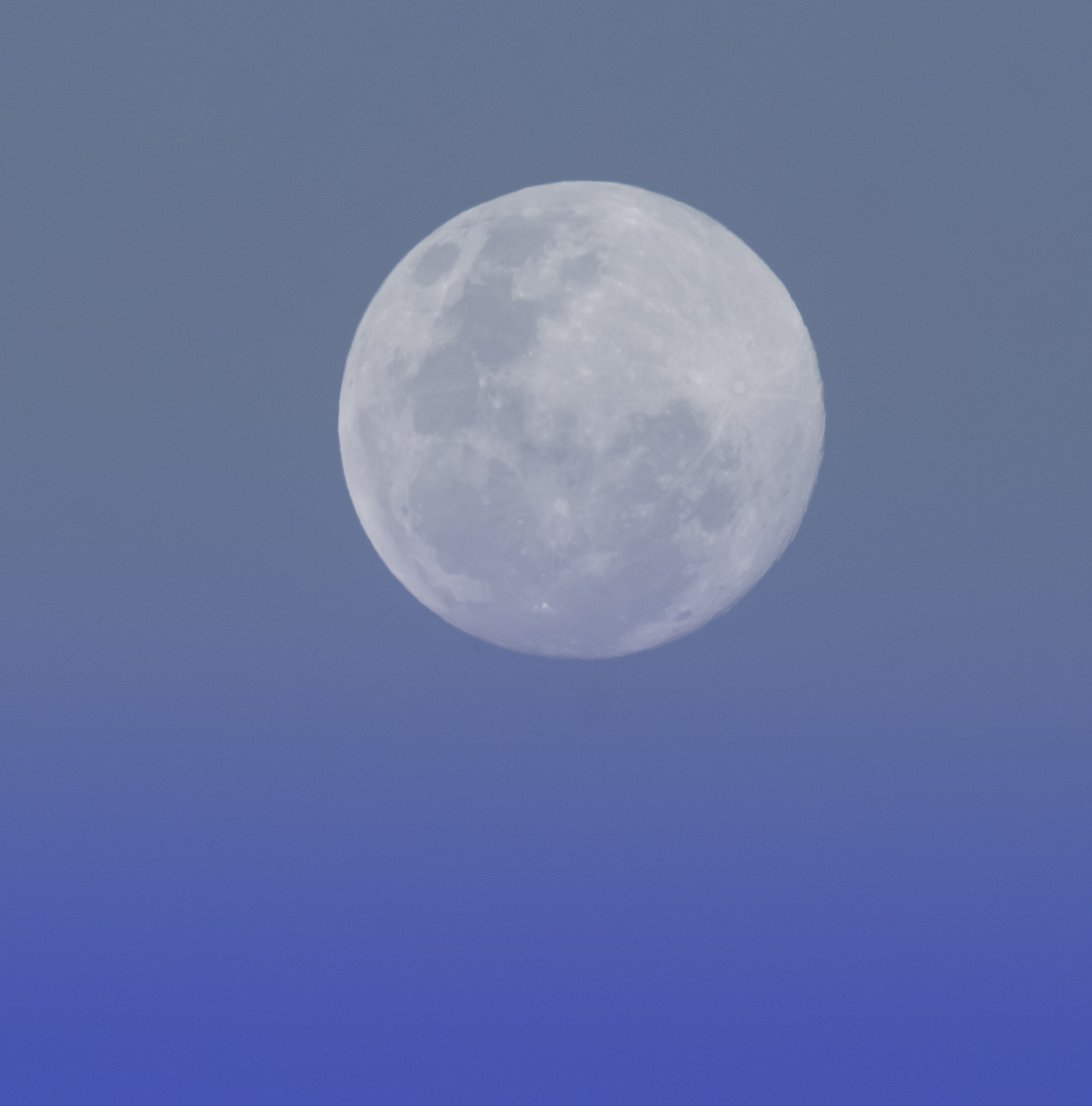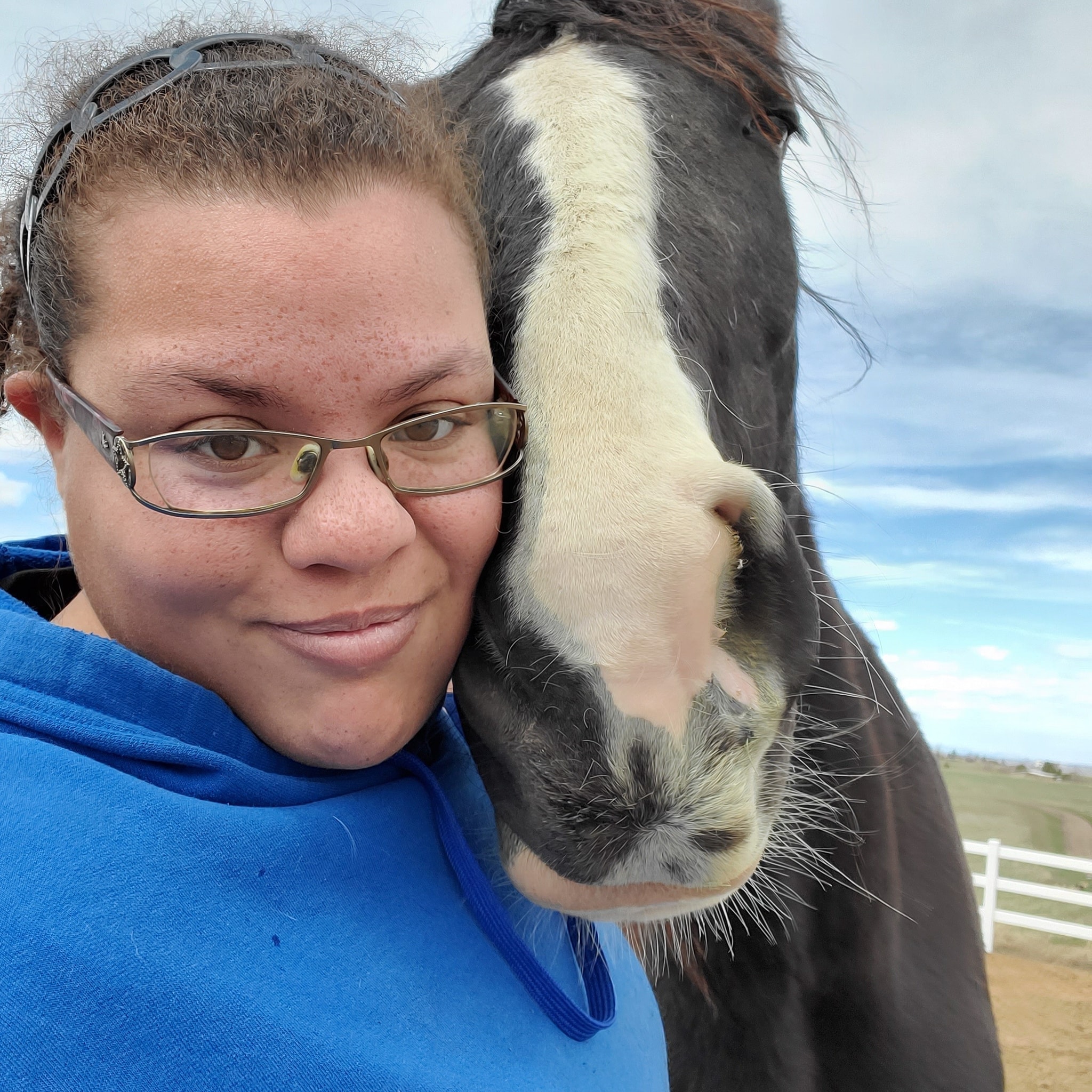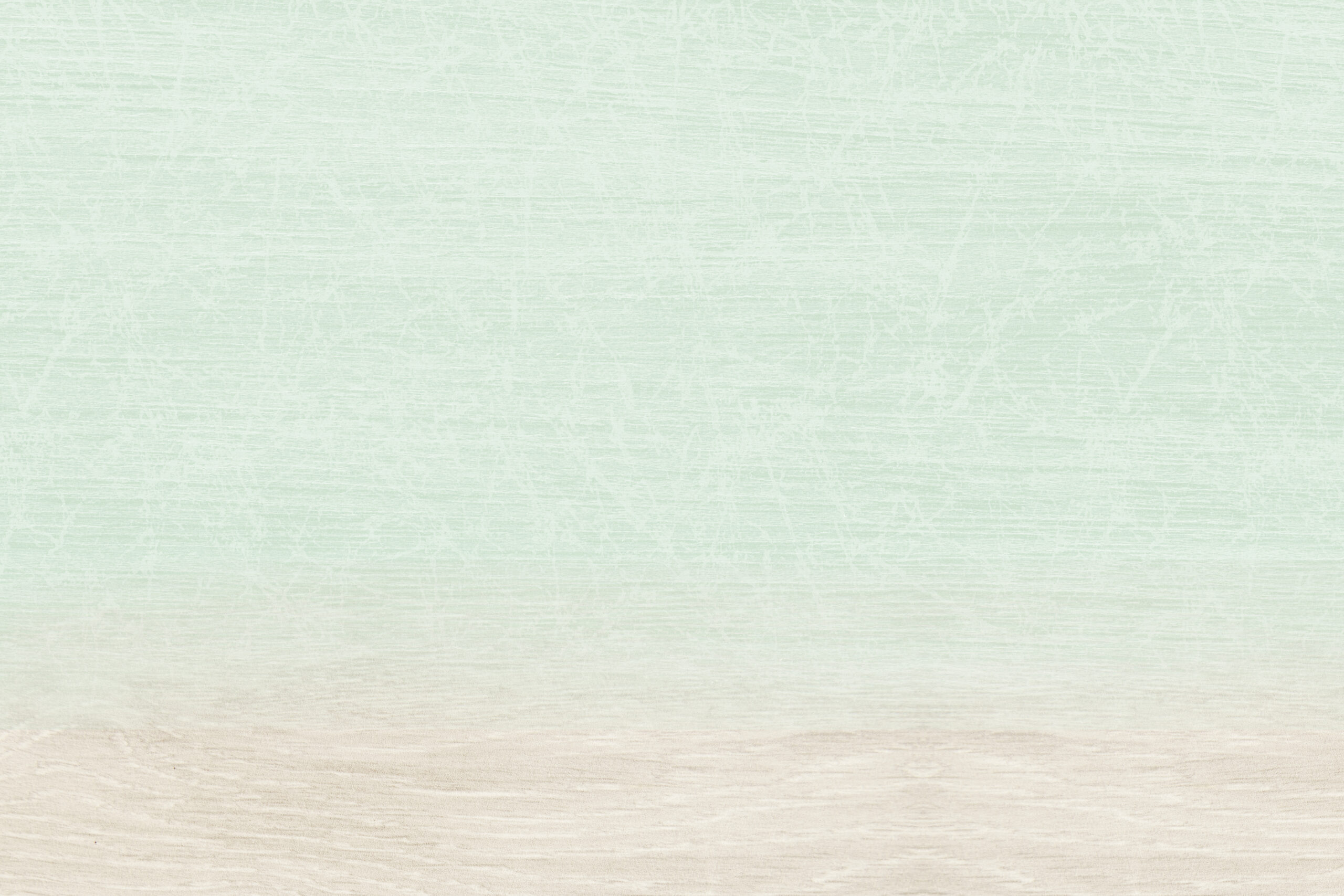Imbolc
When the Wheel of the Year turns to Imbolc and the return of the Sun. Imbolc is also known as Candlemas and the Feast of Bridget. Imbolc is one of the Celtic Fire Festivals and commemorates the changing of the Goddess from her Crone phase into her Maiden phase. Imbolc celebrates the coming of Spring, when the first signs of new growth emerge from the long Winter sleep.
Ostara
The Spring Equinox is a time of celebration. Some people begin to enjoy the lengthening days and the warming of the air. Work begins in the garden with the planting of flower beds and vegetable gardens. At Ostara we begin to connect to nature as she begins to wake. Ostara is also known as the Vernal Equinox, a point when nature is in balance.
Beltane
Beltane is the second of the four Celtic Fire Festivals and fire plays a pivotal role at Beltane. Beltane is sometimes known as May Day. May is the time when the Earth is at it’s most fertile and some traditions describe how the Great Mother (the goddess) and her Consort (the horned God) unite and from this union new life comes forth.
Litha
Litha is also known as the Summer Solstice, the point when the sun is at it’s strongest. It’s also the point where the days are at their longest. We celebrate the strength of the Sun and the growth of the crops planted earlier in the year. In some traditions this is the time of year where the Oak and Holly Kings do battle. The Holly King is the Victor and with that comes the darkening of the days and the decline of the light.
Lughnasadh
Lughnasadh is also known as Lammas which Loaf Mass and is the first of the harvest festivals. It is the harvest of the corn, wheat, and grains. What grew from the seeds you had sown earlier in the year. This is the time when we realise that Summer will soon be coming to an end. Lughnasadh is the Festival for the Celtic God Lugh while for others it is the first or earliest harvest.
Mabon
Mabon is the time of year when night and day are once again equal, it’s the mirror the Ostara. The scales of time begin to favour the darkness. Mabon is when we give thanks for the Sun and the abundance of crops. This is the time when then Goddess moves away from her mother phase into her Crone phase while her consort prepares for his death. Mabon is the second and predominant harvest festival and one of the most common symbols for Mabon is the Apple. Mabon is also known as the Autumnal Equinox.
Samhain
Samhain is pronounced Sow-In and is the last of the four Celtic Fire Festivals and the last of the Harvest festivals of the year, the time when preparations are being made for the Winter months. Samhain is one of the most magical times of year as the veil between this world and the next thins, making communication with those who have passed easier. It is also the time when we honour all those have come before us and no longer with us.
Yule
Yule is also known as the Winter Solstice and is the time when we celebrate the rebirth of the Sun. As with the Summer Solstice the Oak and Holly Kings once again do battle and this time the Oak King is the victor and this heralds the return of the Sun. For almost every religion, every tradition this is a time of year to gather with friends and family, celebrating good times, enjoying good food among good company.


